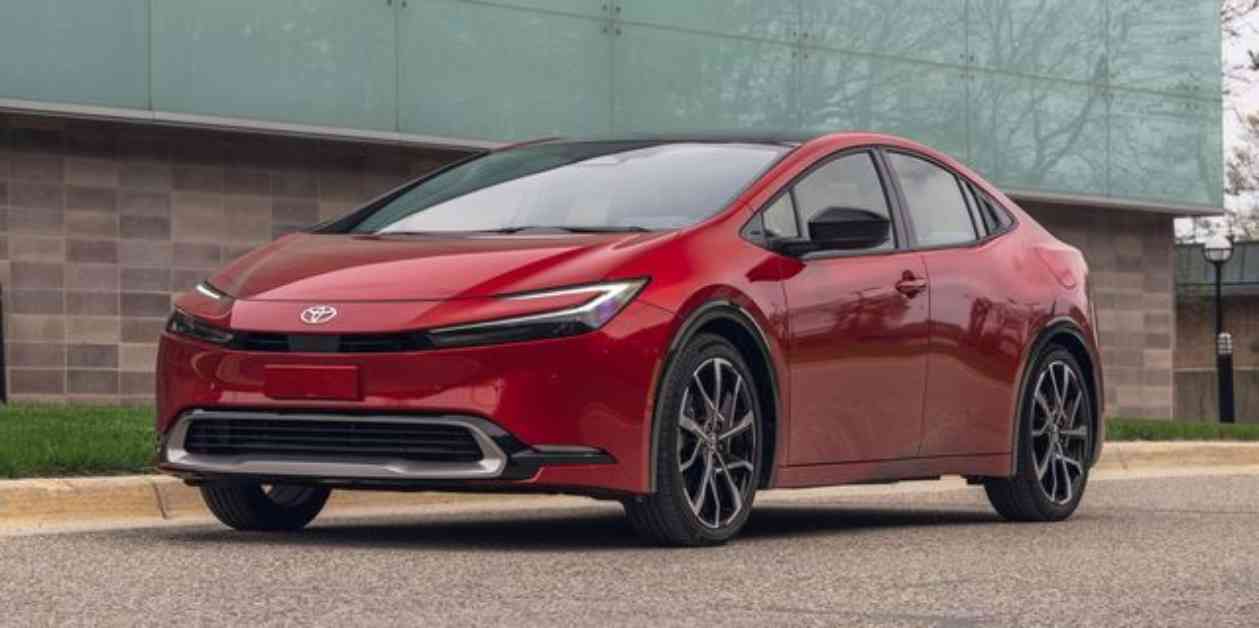The Toyota Prius is a well-known hybrid car that has gained popularity for its fuel efficiency. It was not the first hybrid car on the market, but it was the first to achieve significant sales success. The Prius introduced Toyota’s two-motor power-split parallel-hybrid system to the industry.
When it comes to hybrid-electric systems, it is important to understand whether the hybrid system can power the vehicle on battery electricity alone or if the gasoline engine always needs to be on. Parallel hybrids, series hybrids, plug-in hybrids, and mild hybrids are the main types of hybrid systems used in vehicles today.
In a parallel hybrid system, both an engine and an electric motor can power the wheels either together or separately. Toyota’s system, which was first introduced in a Japan-market Prius in 1997, uses two motors between the engine and front wheels, powered by a small battery pack. The system allows for efficient power output to the wheels and regenerative braking to recharge the battery.
On the other hand, series hybrids are simpler in concept. When more power is needed than the battery can supply, a gasoline engine switches on to power a generator that recharges the battery pack. The engine torque only powers the generator and is not mechanically connected to the wheels, which are powered by electric motors.
Plug-in hybrids, also known as PHEVs, have a larger battery that can be plugged in to recharge from the grid. This allows the vehicle to operate as an electric vehicle for a certain distance before switching to hybrid mode. Plug-in hybrids offer the flexibility of driving on electricity alone for shorter trips and using the gasoline engine for longer journeys.
Mild hybrids have electric motors that are not powerful enough to propel the vehicle alone. They provide a boost to the engine when needed, leading to potential fuel savings by avoiding unnecessary downshifts. These systems typically run at 48 volts, offering more power than a standard 12-volt system but at a lower cost compared to full hybrid systems.
Overall, the different types of hybrid systems offer varying levels of fuel efficiency and environmental benefits. As technology continues to advance, hybrid vehicles are becoming more common on the roads as automakers strive to meet emission standards and reduce the carbon footprint of transportation.










